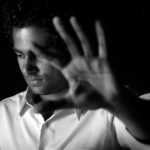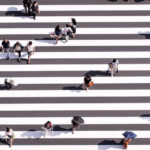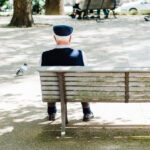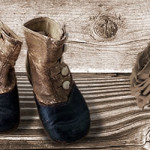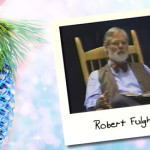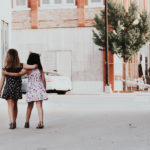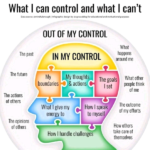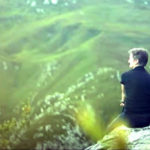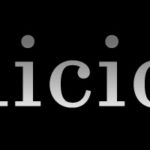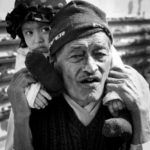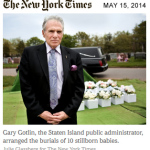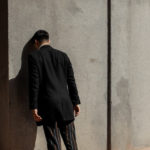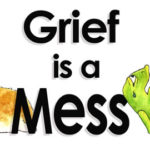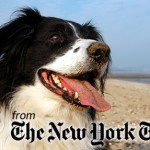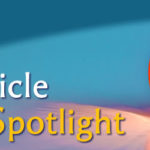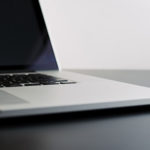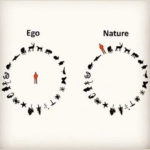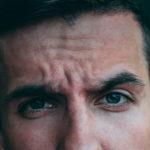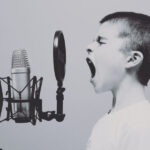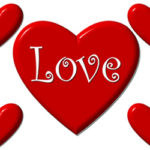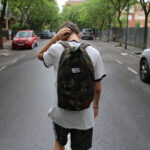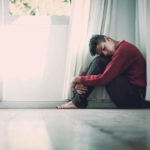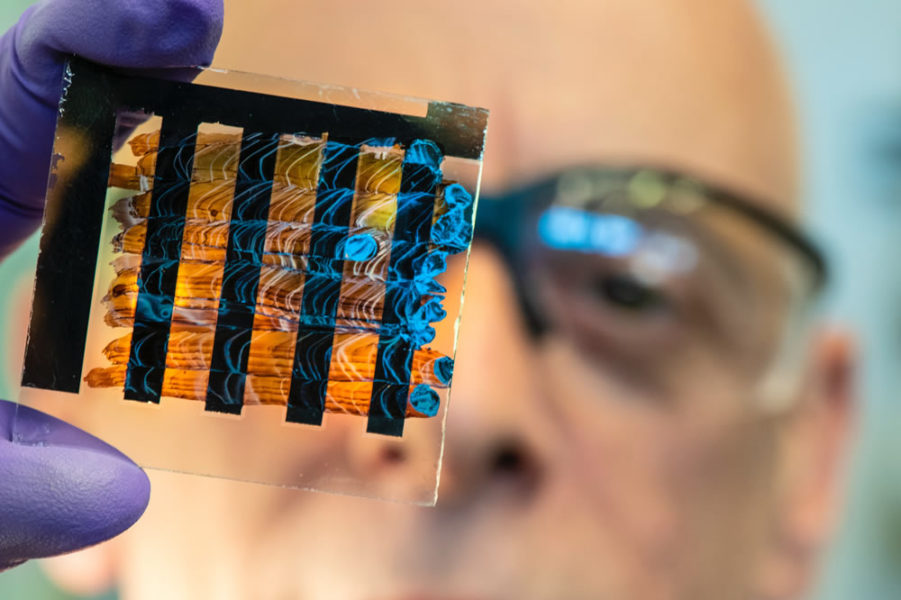
Austin Kleon had a good post this week on curiosity and the absence of certainty. And, I agree with Austin that Ravelli’s writing also applies to art.
Absence of certainty, awareness of ignorance
The physicist Carlo Rovelli has a beautiful way of talking about science in terms of ignorance and curiosity.
In Helgoland: Making Sense of Quantum Revolution, he writes:
I believe that one of the greatest mistakes made by human beings is to want certainties when trying to understand something. The search for knowledge is not nourished by certainty: it is nourished by a radical absence of certainty. Thanks to the acute awareness of our ignorance, we are open to doubt and can continue to learn and to learn better. This has always been the strength of scientific thinking—thinking born of curiosity, revolt, change.
He wrote almost the same thing almost two decades earlier, in his book The First Scientist: Anaximander and His Legacy:
Science, I believe is a passionate search for always newer ways to conceive the world. Its strength lies not in the certainties it reaches but in a radical awareness of the vastness of our ignorance. This awareness allows us to keep questioning our own knowledge, and, thus, to continue learning. Therefore the scientific quest for knowledge is not nourished by certainty, it is nourished by a radical lack of certainty. Its way is fluid, capable of continuous evolution, and has immense strength and a subtle magic. It is able to overthrow the order of things and reconceive the world time and again.
I think he could also be talking about art.

